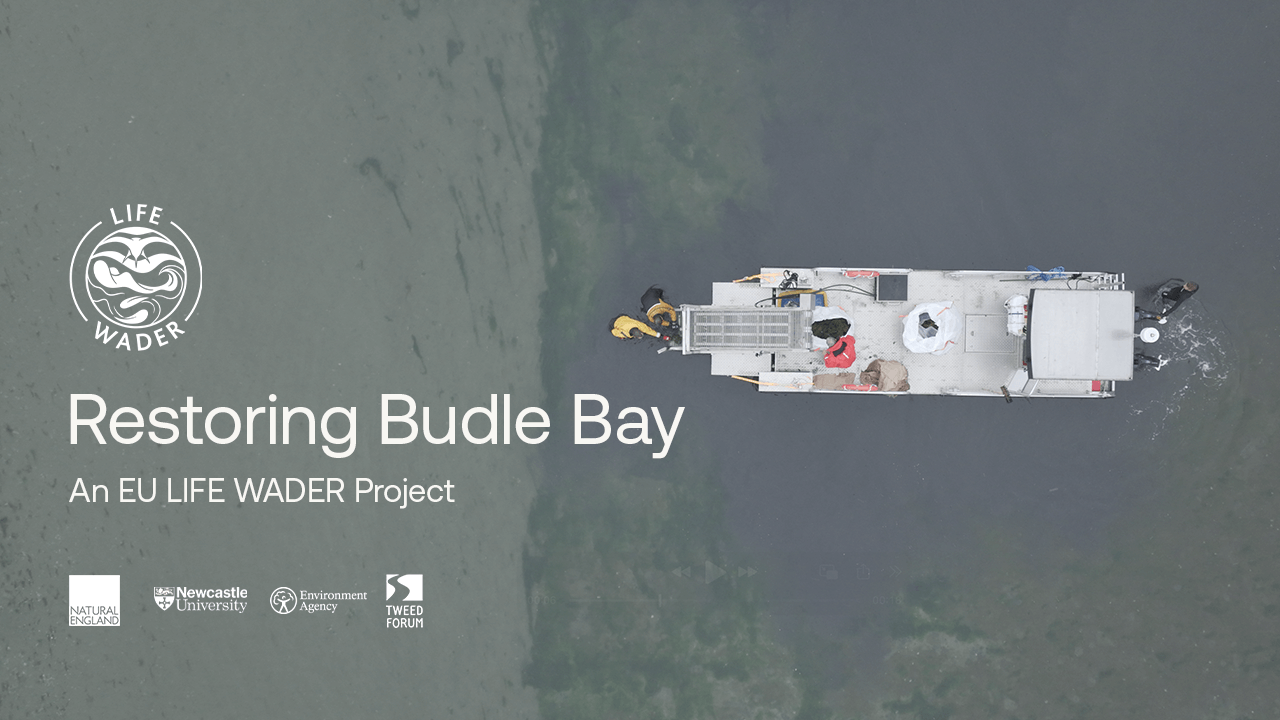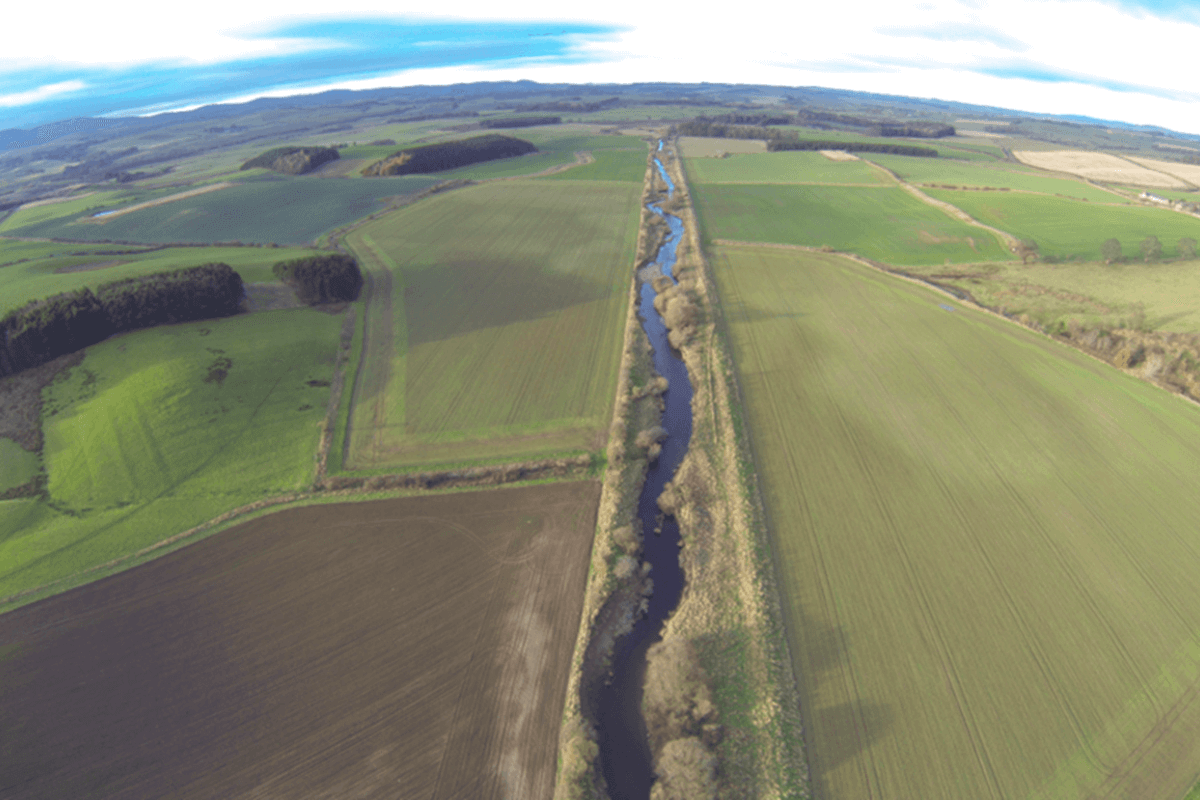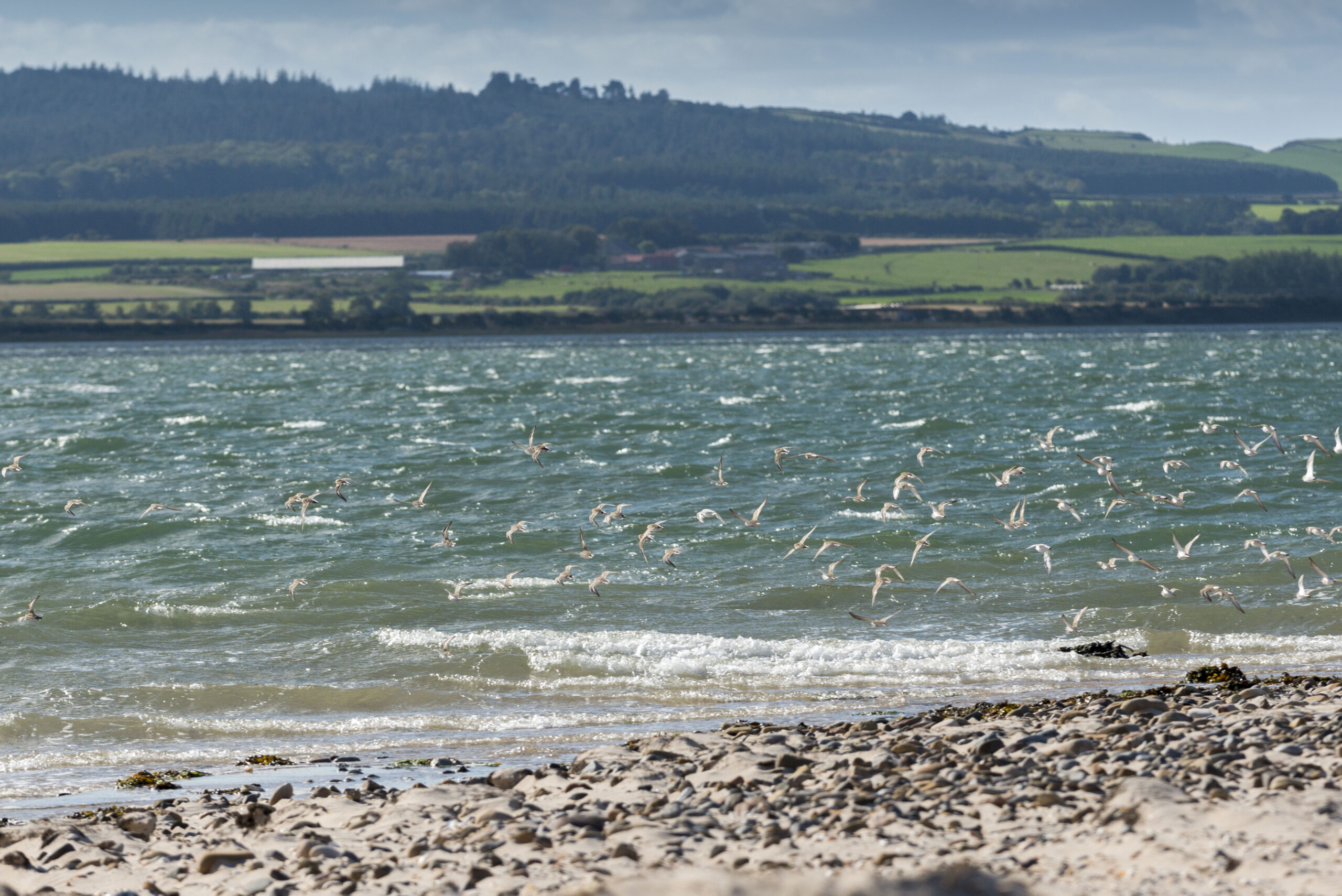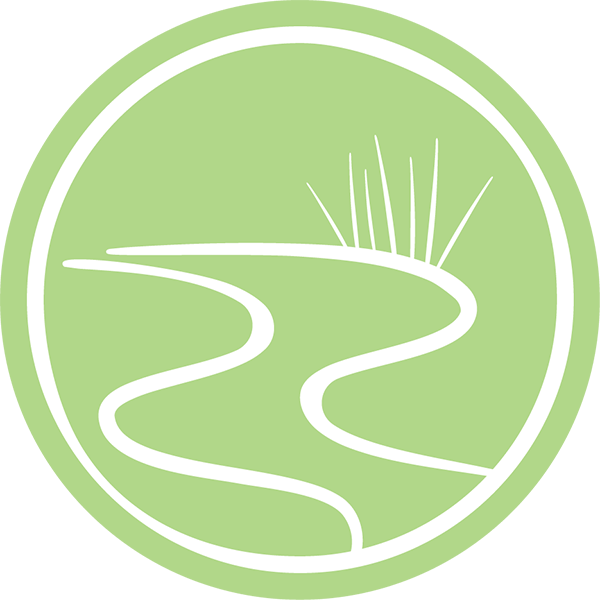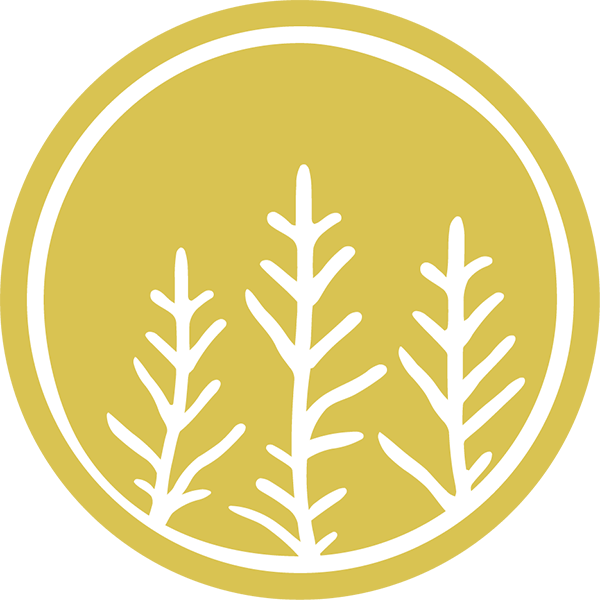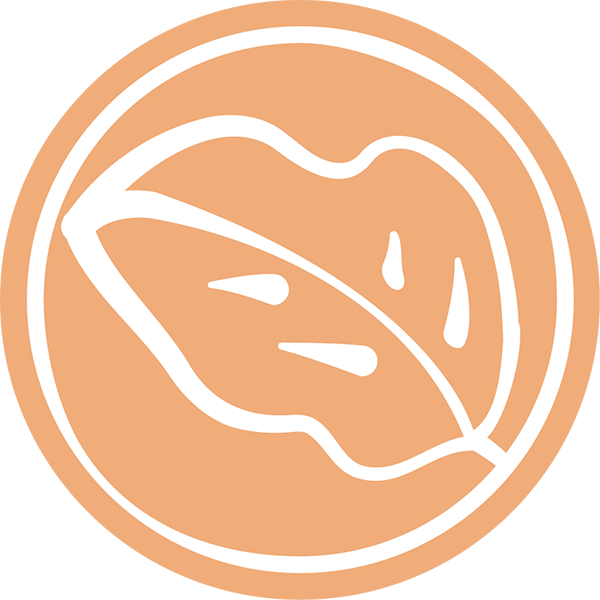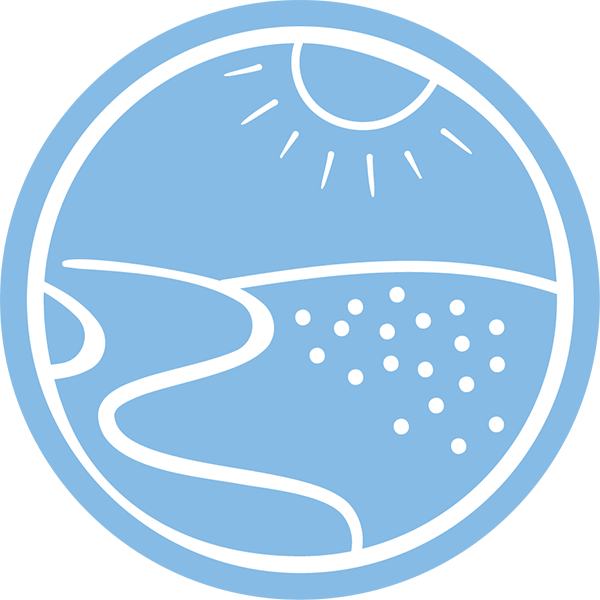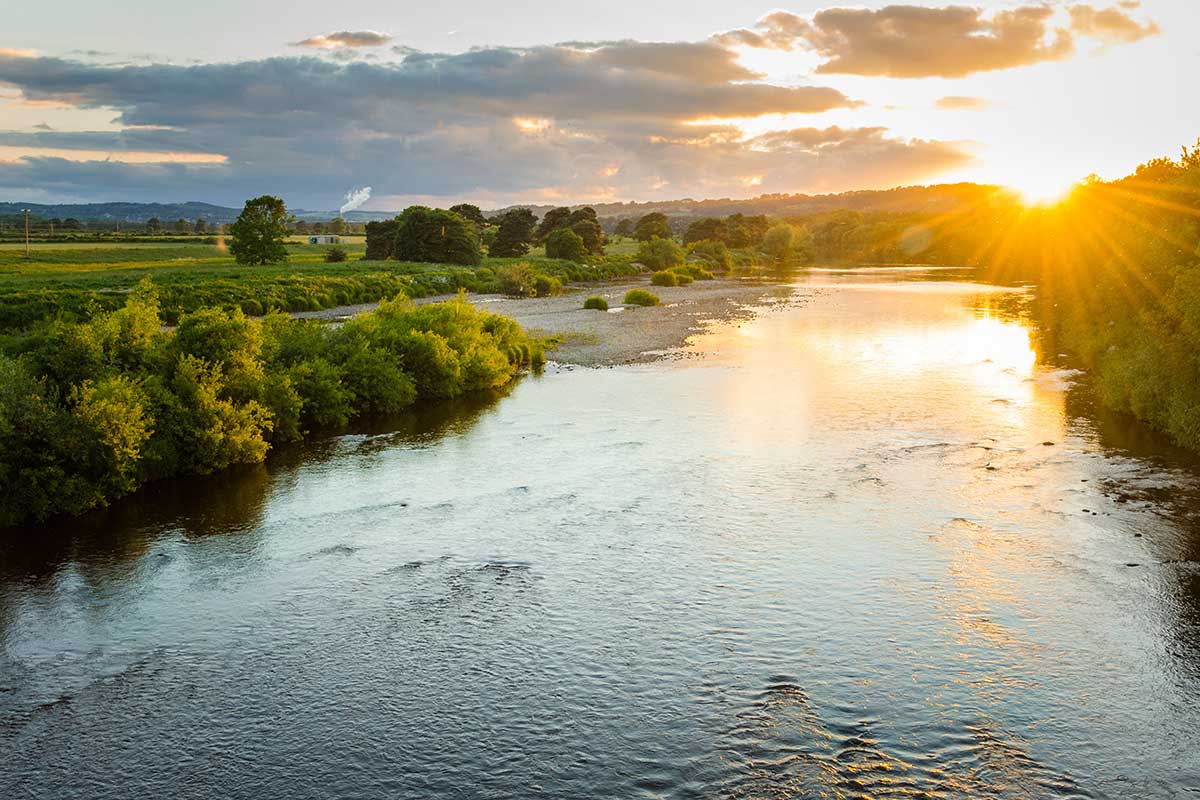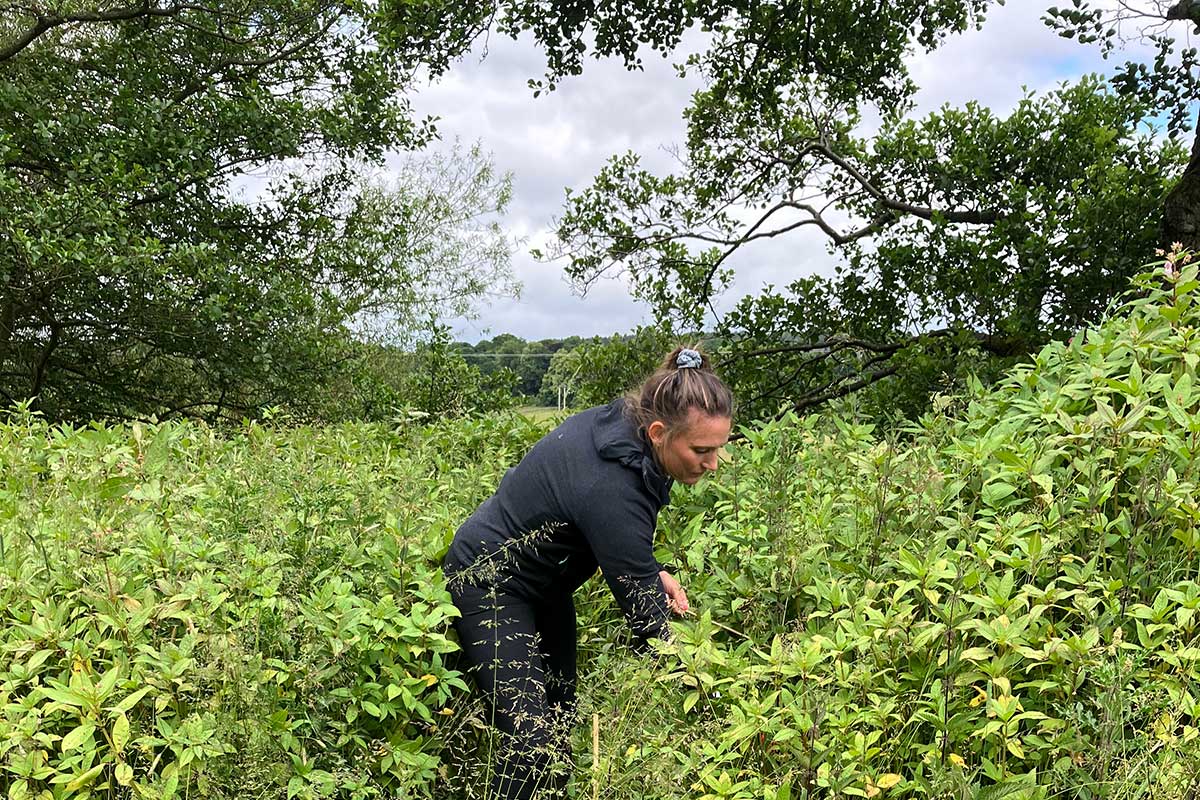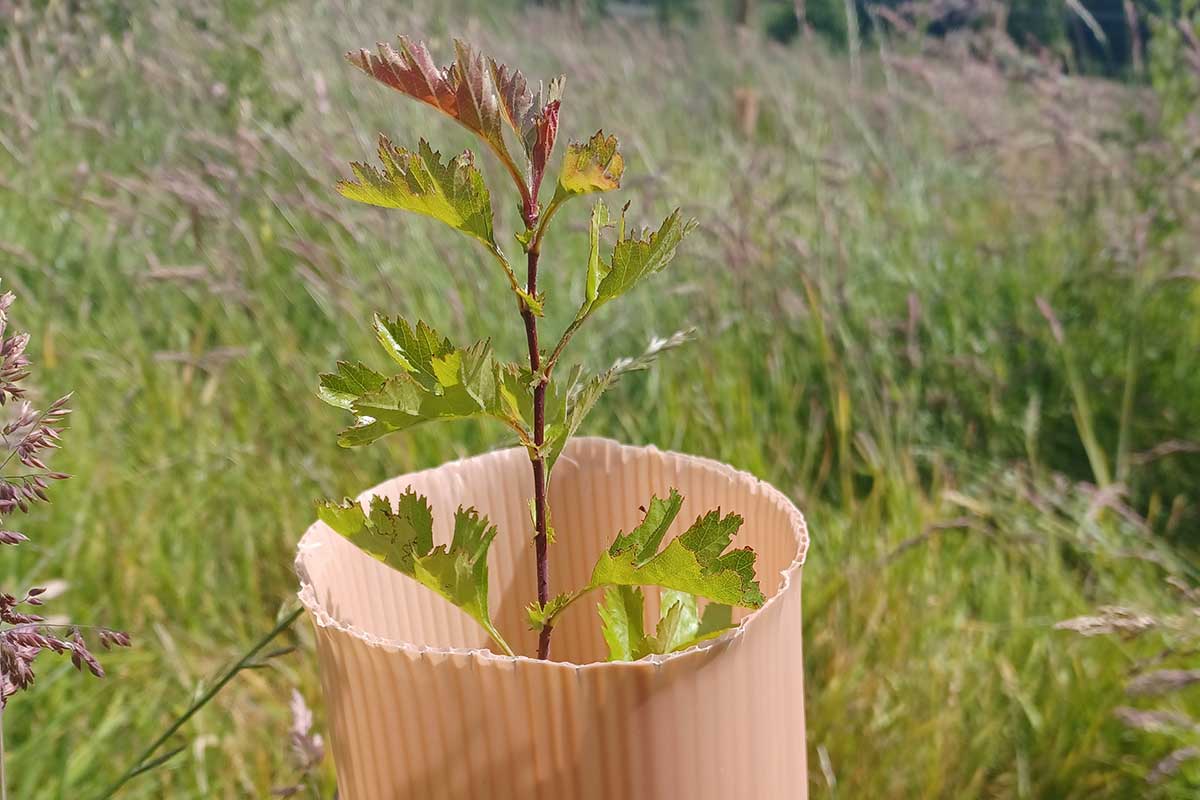Next week, the LIFE WADER project, a five-year £5.8m nature recovery project co-funded by the European Union, will begin a major programme of nature recovery work across the dunes at Bamburgh, Embleton Links, Buston, Alnmouth and Warkworth. WADER (Water and Disturbance Environmental Restoration) is led by Natural England and brings together a range of experts to improve the ecological condition of more than 49,000 hectares of river, coastal and marine habitat and improve water quality within the River Tweed catchment and along the Northumberland Coast.
Mechanical removal will take place at Bamburgh and Warkworth where many of the invasive species, including Ivy, Sea Buckthorn and Blackthorn are so entrenched that removal by hand is impossible. It will be the first time large-scale removal has taken place in these areas.
LIFE WADER Project Manager, Liz Humphreys, from Natural England, said: “Northumberland holds 10% of the UK’s dune systems, but sadly these are in poor health, largely due to invasive species. These interlopers mainly come from illegal dumping of garden waste and occasionally escape in from local gardens.
“Dune landscapes are dynamic systems, always changing, growing and shifting. This movement is vital for them to support rich biodiversity and protect the coastline. Invasive species create a monoculture and stop this natural rhythm, pushing out a wealth of rare, specialised and fascinating wildlife in the process. Species like toads, lizards, butterflies, tiny orchids and cranesbill need the shifting sand and the spacious sanctuaries of the dune slacks to survive.”
Liz added: “Although using big machines in these fragile places may seem heavy-handed, it is essential to ensure the future survival of the dunes, and the work will be done with great sensitivity to wildlife, archaeology and access routes. The team of contractors will use several different types of machinery to effectively remove the plants. Sand dunes are robust habitats and once the ‘bully’ species are out, the native grasses and plants will have the opportunity to recolonise the bare sand quickly.”
The LIFE WADER Project is working closely with the landowners, Northumberland Coast National Landscape, Lindisfarne National Nature Reserve and the National Trust to evaluate the success of this large-scale removal, create a long-term invasive removal programme and ensure a co-ordinated approach across the coastline.
LIFE WADER is also partnering with Newcastle University in a novel experiment to train drones to locate invasive species over large areas quickly. It is hoped that with specially-created algorithms the drones will be able to detect invasives early and allow for faster eradication in the future.
There may be some restrictions to visitor access across the dunes, as well as footpath diversions, for a short period while the work is being carried out. All visitors should consult on-site signage for full details. Contractor personnel will also be present to direct visitors around the work area.
ENDS
